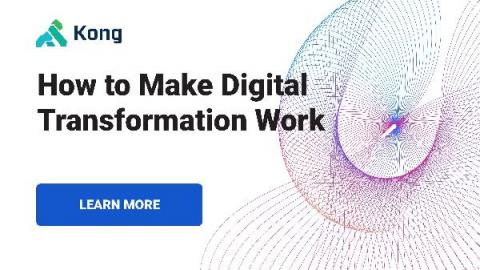Token-Based Access Control With Kong, OPA and Curity
As APIs and microservices evolve, the architecture used to secure these resources must also mature. Utilizing a token-based architecture to protect APIs is a robust, secure and scalable approach, and it is also much safer than API keys or basic authentication. However, token-based architecture comes in varying maturity levels, as outlined by the API Security Maturity Model.









